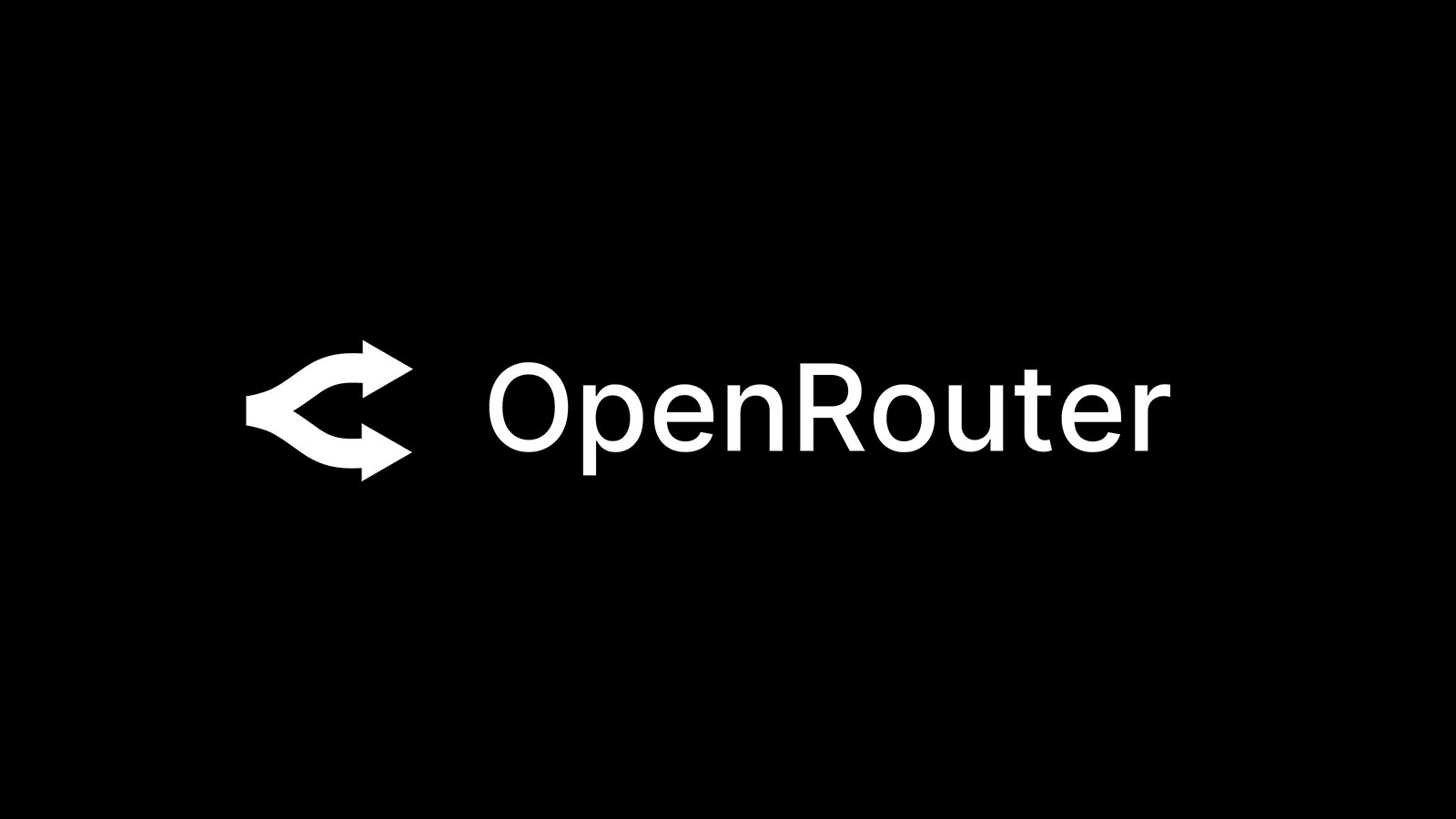Maitai uses SambaCloud to deliver Inference-as-a-Service


Maitai uses SambaCloud to deliver Inference-as-a-Service
Jul 18, 2025
OpenRouter uses SambaNova Cloud to deliver high speed LLM performance


OpenRouter uses SambaNova Cloud to deliver high speed LLM performance
May 21, 2025
Aion Labs Uses SambaNova Cloud to Improve LLM Performance


Aion Labs Uses SambaNova Cloud to Improve LLM Performance
Apr 18, 2025
Parasail Uses SambaNova Cloud to Deliver Extreme Performance


Parasail Uses SambaNova Cloud to Deliver Extreme Performance
Apr 10, 2025
Blackbox Supercharges Coding Agents with SambaNova Cloud


Blackbox Supercharges Coding Agents with SambaNova Cloud
Apr 10, 2025